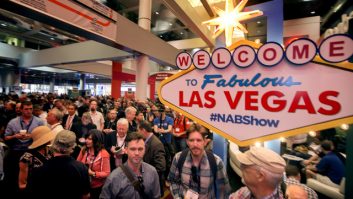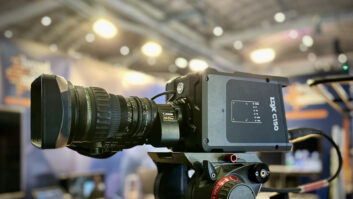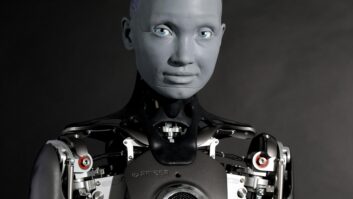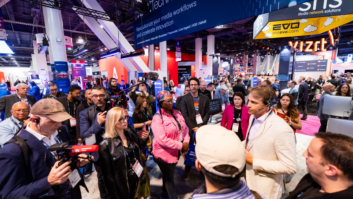
What does progress look like for the broadcast and video technology industry in 2016, and what will be the major talking points at NAB this year that will best inform us about the evolution of our marketplace? Steve Plunkett, CTO, Ericsson Broadcast and Media Services, continues the discussion.
Progress this year will be taking the new IP & IT centric broadcast stack out of the labs and into early production deployments. The flexibility promised through software deployed systems, abstracted through virtualisation from the underlying hardware, offers a number of potential benefits. These include faster and lower cost deployments, separation of hardware and software lifecycles, and the ability to make changes quickly and efficiently to accommodate new operating models.
The industry focus to date has largely been about porting media transport and component functionality to these new environments. In both cases significant progress has been made, through advancement of new standards and vendor product development, so the next phase of activity should be on how we can fully exploit this work.
In reality we are just at the beginning of this technology transition and real-world experience needs to be gained if we are to take full advantage of this promise. This new tech stack is an enabler rather than an end in itself. We need to do much more than emulate our existing ways of working on new infrastructure. Key to this will be increasing the level of operational automation, both in terms of service monitoring and interventions, as well as more closely integrating the separate worlds of linear and VOD.
We need to step back and consider the changes in viewer behaviour, changing economic models driven by new entrants and external competition for viewer time, and the role and relationship that a broadcaster has with its audience. We are evolving from an era of mass audience reach, to mass viewer personalisation. The lines between traditional linear viewing, where content is curated and pushed to the audience, and viewer controlled scheduling where individual and device preferences pull content on-demand are blurring and will continue to do so.
We are also seeing an increase in the use of data science within traditional broadcasters, as they look to become more data-driven in their decision making. Increased use of software based infrastructure can aid in both the collection of large volumes of data and in the application of data-driven software execution.
All of these developments impact the nature of NAB as an event too. Showcasing software leads to more screens and less boxes in the exhibiter booths. The conference sessions are more numerous and diverse in subject matter as we come together as a community to share insights and look to learn from the work that others are doing in this transition period.
It should be an exciting year ahead and NAB as always provides us with a test of progress and indicators of where the industry is going next.






